Porophyllum ruderale ssp. macrocephalum, Yerba Porosa
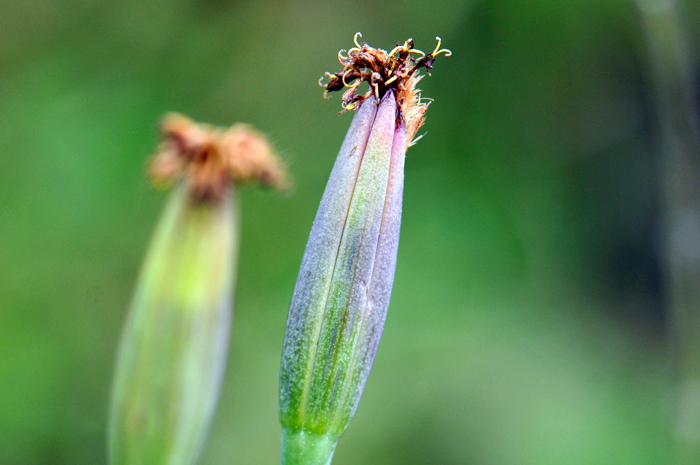
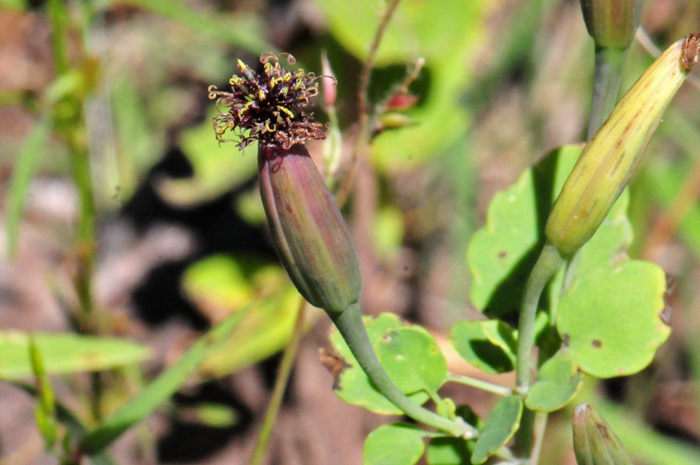
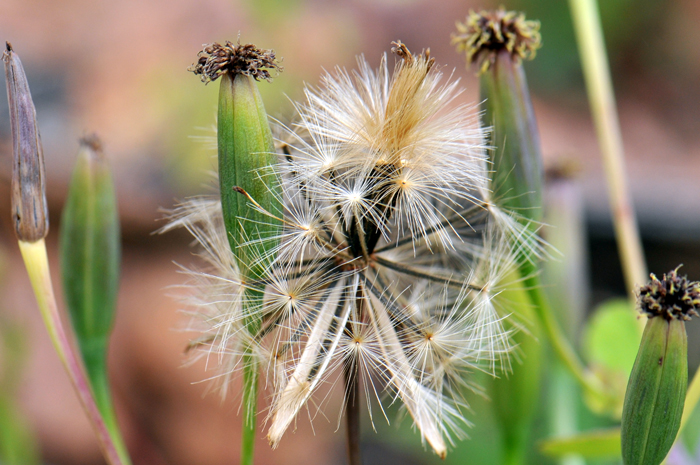
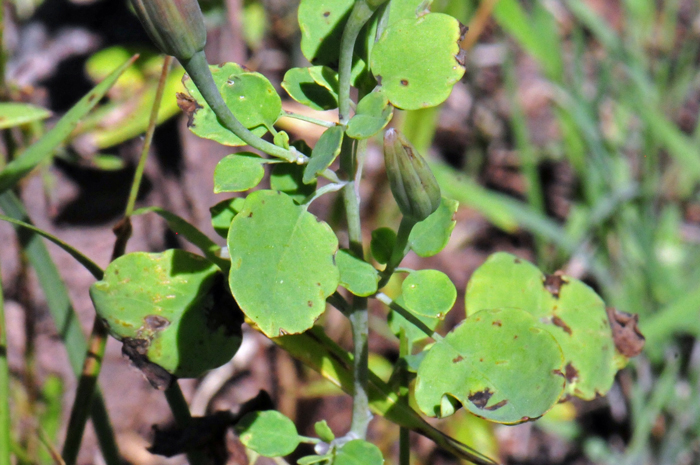
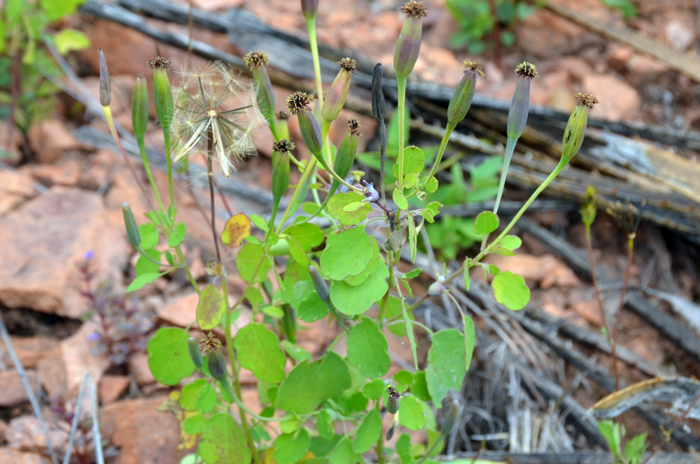
Scientific Name: Porophyllum ruderale ssp. macrocephalum
Common Name: Yerba Porosa
Also called: Bolivian Coriander, Poreleaf, Summer Cilantro; Spanish; Papaloquelite,, Papalo, Quilquiña,
Family: Asteraceae, Sunflower Family
Synonyms: (Kleinia glandulosa, Porophyllum ellipticum, Porophyllum latifolium, Porophyllum macrocephalum, Porophyllum ruderale subsp. macrocephalum)
Status: Native
Duration: annual
Size: 12 to 20 inches (30-51 cm) tall or more 3 feet (1 m) in Mexico and South America
Growth Form: Forb/herb; plants upright (erect) with branches ascending, several stems and aromatic herbage from translucent oil glands.
Leaves: Green or pale green; leaves rounded or obovate; leaves with oil glands on the scalloped leaf edges (margins).
Flower Color: Green, yellow or purplish; disk florets only; flower heads few to many; bracts surrounding heads narrowly linear with translucent oil glands; fruit is a cypsela.
Flowering Season: August to October or November, following sufficient monsoon rainfall.
Elevation: 3,500 to 5,000 feet (1,067-1,524 m)
Habitat Preferences: Damp moist areas in rocky slopes and canyons.
Recorded Range: In the United States, Yerba Porosa is rare, native to AZ, NM, TX and south through Mexico, Central and South America and the West Indies. In the United States this species is found primarily in AZ with small populations in NM and TX. Although rare in the United States, this species has been introduced in CA and it is classified as an agriculture weed.
North America & US County Distribution Map for Porophyllum ruderale ssp macrocephalum.
North America species range map for Yerba Porosa, Porophyllum ruderale ssp macrocephalum:
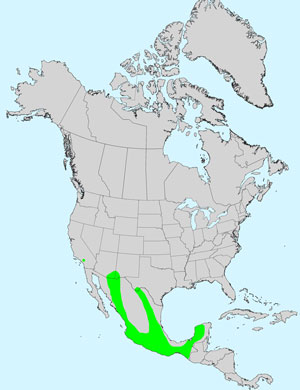
U.S. Weed Information: Unknown
Invasive/Noxious Weed Information: Unknown
Wetland Indicator: Unknown
Threatened/Endangered Information: Unknown
The genus Porophyllum was published in 1763 by Adanson, Michel (1727-1806) in 1763.
In the Southwestern United States: Arizona, California and Nevada each have 2 species of Porophyllum, New Mexico has 3 species, Texas has 4 species and Utah has 1 species. Data approximate and subject to revision.
There are 2 sub-species in Porophyllum ruderale;
Porophyllum ruderale ssp. macrocephalum, Yerba Porosa; (AZ, NM, TX);
Porophyllum ruderale ssp. ruderale, Yerba Porosa, (Porto Rico, Virgin Islands).
Comments: Although Yerba Porosa grows wild in Arizona, it (Papaloquelite) is a popular cultivated condiment in Mexico and South America with a distinctive somewhat strong flavor similar to cilantro. It is used fresh, never cooked, in many foods such as tacos, soups and salads. Its multiple common names are a tribute to the popularity of this herb in Mexico and South America.
In Southwest Desert Flora also see the related species Slender Poreleaf, Porophyllum gracile.
Yerba Porosa, Porophyllum ruderale ssp. macrocephalum has small but showy tubular flowers, and their plants may be visited by butterflies, moths, native bees and other insects in search of nectar and/or other food.
The genus Porophyllum was published in 1763 by Adanson, Michel (1727-1806) in 1763.
The species epithet “macrocephalum” is from Latin word ‘macro’ meaning “large” and ‘cephalum’ meaning “a blockhead,” thus having a large head;
the specific sub-species epithet “ruderale” is from the Latin word ‘rudus’ meaning “rubble” or ruderale, and thus growing in disturbed areas.

